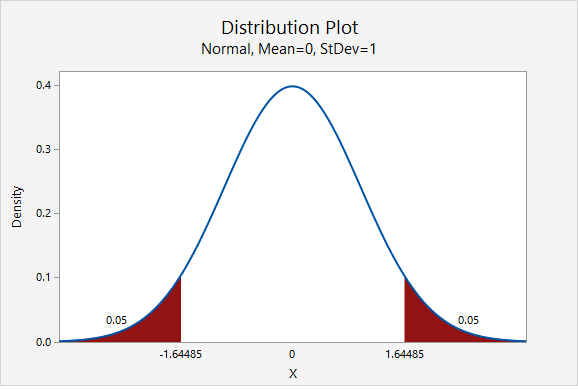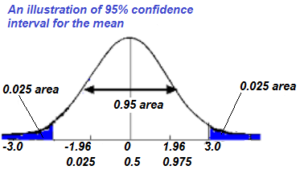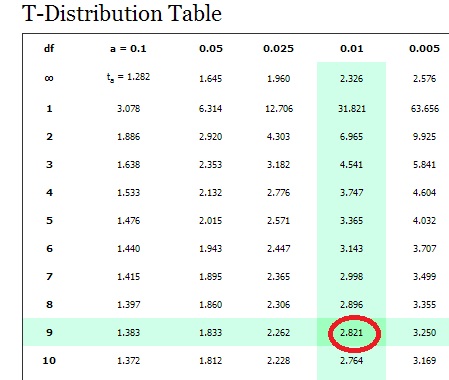
Next, we’ll calculate the total alpha value. In this case, our sample size is 20, which means our degrees of freedom will be 19. Start by calculating our degrees of freedom by simply subtracting “one” from our sample size. Assuming a standard deviation of $250, here’s the step-by-step method to break down the confidence intervals with 95% certainty.īecause this sample size is under thirty, we can solve it using the T-distribution method. You randomly sample twenty apartment listings and determine that the average monthly rent is $1,000.

Let’s say you’re still browsing apartments and want to construct your own 95% confidence interval.
#90 CONFIDENCE INTERVAL Z SCORE CALCULATOR HOW TO#
How to Calculate the Confidence Interval Using T-Distribution That range where we’re feeling pretty confident is our confidence interval. There will always be deviations and margins of error.īut for the sake of statistical data, we can still make a fairly accurate guess about where the majority of the population would fall on the graph if we were to hypothetically expand the experiment to include every single individual. Pretty nifty, right? Statistical data is important, but it can be skewed depending on how it’s presented, especially when it comes to comparing costs over time when inflation needs to be factored into the equation.Ĭonfidence levels and intervals are used because there’s no way to be 100% sure that the results for an entire population will match the data represented in the sample.

Basically, the confidence interval tells you how confident you can be that a statistic from poll or survey results would be reflected within that same range if the entire population were surveyed.

In statistics, confidence intervals usually go hand-in-hand with a confidence level and margin of error. How To Calculate Gross Profit Percentage.


 0 kommentar(er)
0 kommentar(er)
